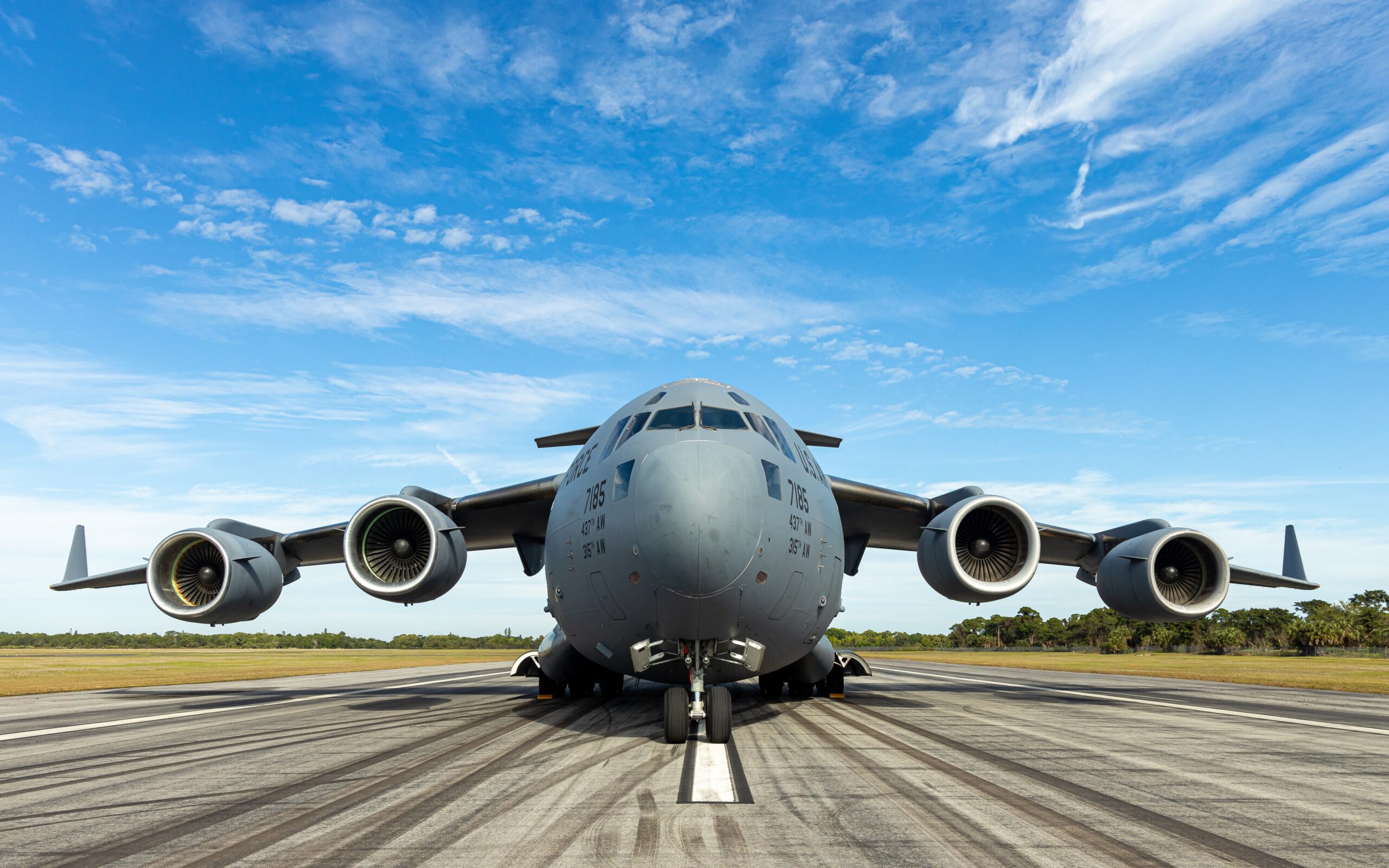
Why the C-17 Is Called the Moose
The Versatile C-17 Globemaster III
The C-17 Globemaster III, often referred to colloquially as the Moose in aviation circles, is a cornerstone of military airlift operations. This aircraft, developed by McDonnell Douglas, now part of Boeing, is known for its impressive combination of strategic and tactical airlift capabilities. The C-17 serves key roles such as troop transport, medical evacuation, and delivery of humanitarian aid, showcasing its flexibility and reliability.
Development and Design
Development of the C-17 began in the late 1980s, with the aim to create a replacement for the aging C-141 Starlifter fleet. Engineers faced the challenge of creating a large aircraft that could handle short, unpaved runways, a necessity for accessing remote areas. The project’s success lay in its innovative wing design and four powerful Pratt & Whitney F117-PW-100 turbofan engines, allowing the aircraft to lift heavy loads over long distances with surprising agility.
Capabilities and Features
One of the C-17’s standout features is its ability to carry large payloads. It can transport up to 170,900 pounds, including vehicles and helicopters, directly to austere airfields. The aircraft’s cargo bay is expansive, measuring 88 feet long, 18 feet wide, and 12 feet high, accommodating oversized loads that other aircraft cannot manage.
- The C-17 can perform a tactical airlift, strategic airlift, airdrop missions.
- Equipped with an advanced cargo-handling system for quick loading and unloading.
- Can reverse on the ground using a backing system, which is rare for large planes.
Global Reach and Impact
The United States Air Force (USAF) operates a significant fleet of C-17s, bolstering their capability to rapidly deploy forces anywhere in the world. Internationally, several countries, including the United Kingdom, India, and Australia, operate C-17s due to their effectiveness in both military and humanitarian operations.
Operational History and Milestones
Since its introduction in the 1990s, the C-17 has been an essential player in operations worldwide. It has served in conflict zones, aiding U.S. and allied military operations in Iraq, Afghanistan, and elsewhere. The aircraft has also played a significant role in humanitarian missions, delivering aid to disaster-stricken regions, providing relief during natural disasters like earthquakes and floods.
Technical Specifications
The technical blueprints of the C-17 highlight its robust construction and design tailored for rigorous tasks. Its maximum cruising speed is approximately 450 knots (0.77 Mach). When flying for extended missions, it boasts a range of about 2,400 nautical miles without aerial refueling, though this can vary significantly depending on cargo weight and flight conditions.
- Span: 169 feet 10 inches
- Length: 174 feet
- Height: 55 feet 1 inch
- Maximum takeoff weight: 585,000 pounds
- Crew: Three (pilot, copilot, loadmaster)
Training and Piloting
Flying a C-17 requires extensive training. Pilots undergo rigorous simulations to understand the aircraft’s complex systems and handling characteristics. Loadmasters receive specialized training to efficiently manage diverse cargo loads and ensure balance and safety, underscoring the collaborative effort necessary to operate the aircraft effectively.
Future Prospects and Upgrades
Technological advancements continue to influence the C-17 fleet’s evolution. Enhancements in avionics, fuel efficiency, and maintenance protocols are ongoing. These upgrades ensure the C-17 remains at the forefront of military airlift capabilities, ready to meet future global challenges.
Conclusion of C-17’s Significance
The C-17 Globemaster III, or the Moose, remains a vital asset in various global operations due to its unmatched versatility and performance. This aircraft’s design inherently supports swift, effective responses in both military engagements and humanitarian efforts, cementing its role as an aviation workhorse in modern history.